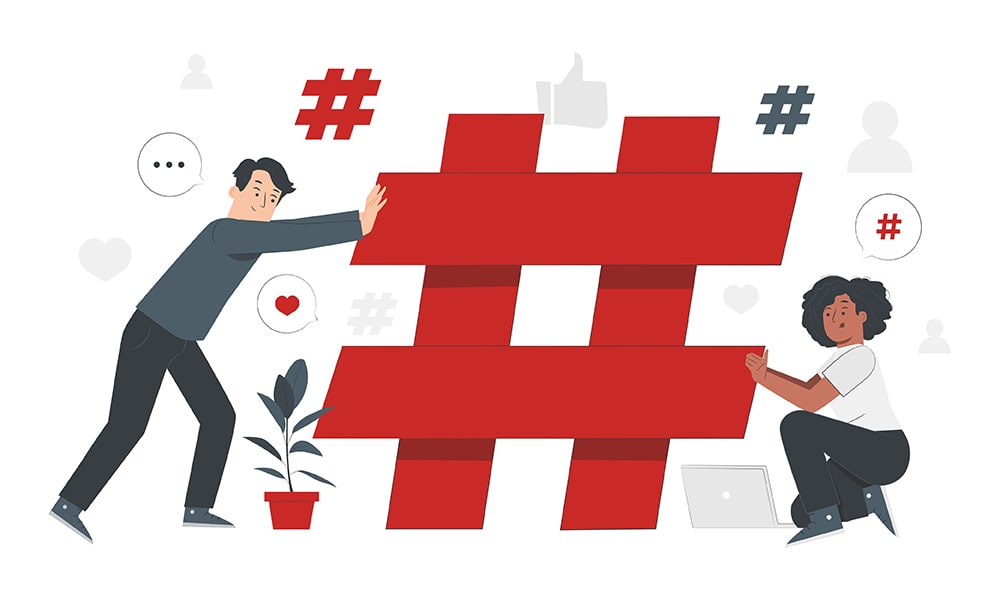Hashtags are crucial on Insta, if you want to get more followers, and improve your posts’ engagement rates. Posts on Instagram that use hashtags average 12.6% more engagement than posts without. Instagram allows you to use up to 30 hashtags on a post and a max of 10 on a story.
Don't make the mistake of using just the most popular Instagram hashtags. It's better to use hashtags that are more niche, with an engaged audience that's relevant to your industry.
To find niche tags that have a high engagement rate, you should look and see what your competitors are using. It's also worth researching what hashtags your customers use to tag the topics they are interested in that would be relevant to your brand.
There are three main types of Instagram hashtags you can use to get more followers and raise awareness of your brand:
1. Community tags: Designed to connect Instagram users with an interest in a specific topic. Community tags can be local, or they can be more general. #BlackCats would one an example of a fairly niche but still general topic. #BlackCatsInBolton would be an example of a local specific niche topic. It's recommended you use both local, specific tags and general tags to really max your post's engagement and chances of discovered.
2. Campaign Hashtags: Typically designed to promote a promotional period or event and run for a specific number of days, weeks, or months. #12daysofXmasSale would be an example a tag like this, for a company running a promotional festive campaign.
3. Branded Hashtags These are used to connect followers of your brand and encourage them to share content. This helps others find out about you and is an especially effective way of demonstrating social proof and gaining new followers. Branded Hashtags can feature your brand name or can be a promotional phrase you want to feature. If you had a sneaker company for example, you could use your brand name as a tag, or you could use a relevant phrase you created such as #NeonKicks for a campaign to promote the bright colours in your range.
